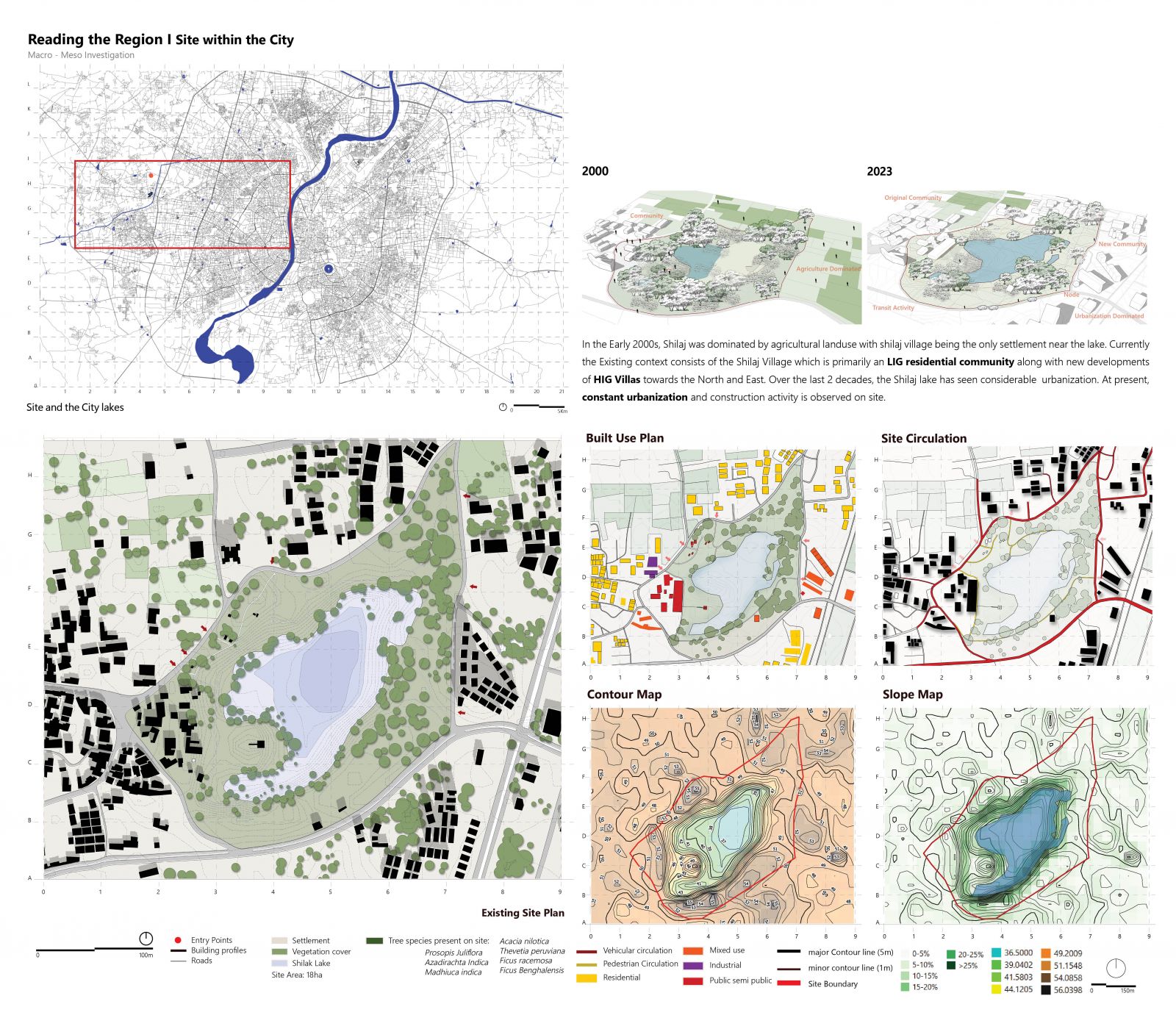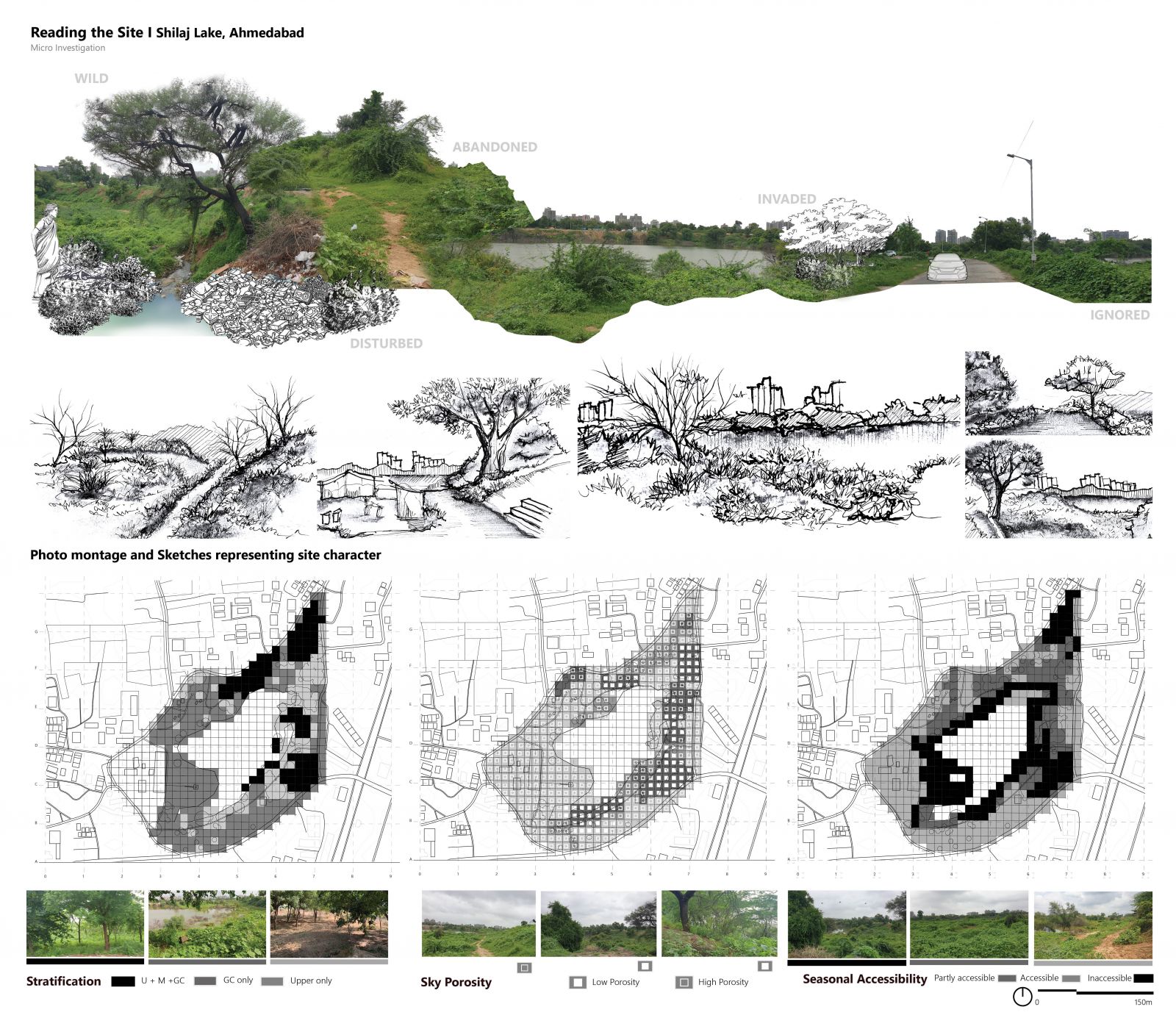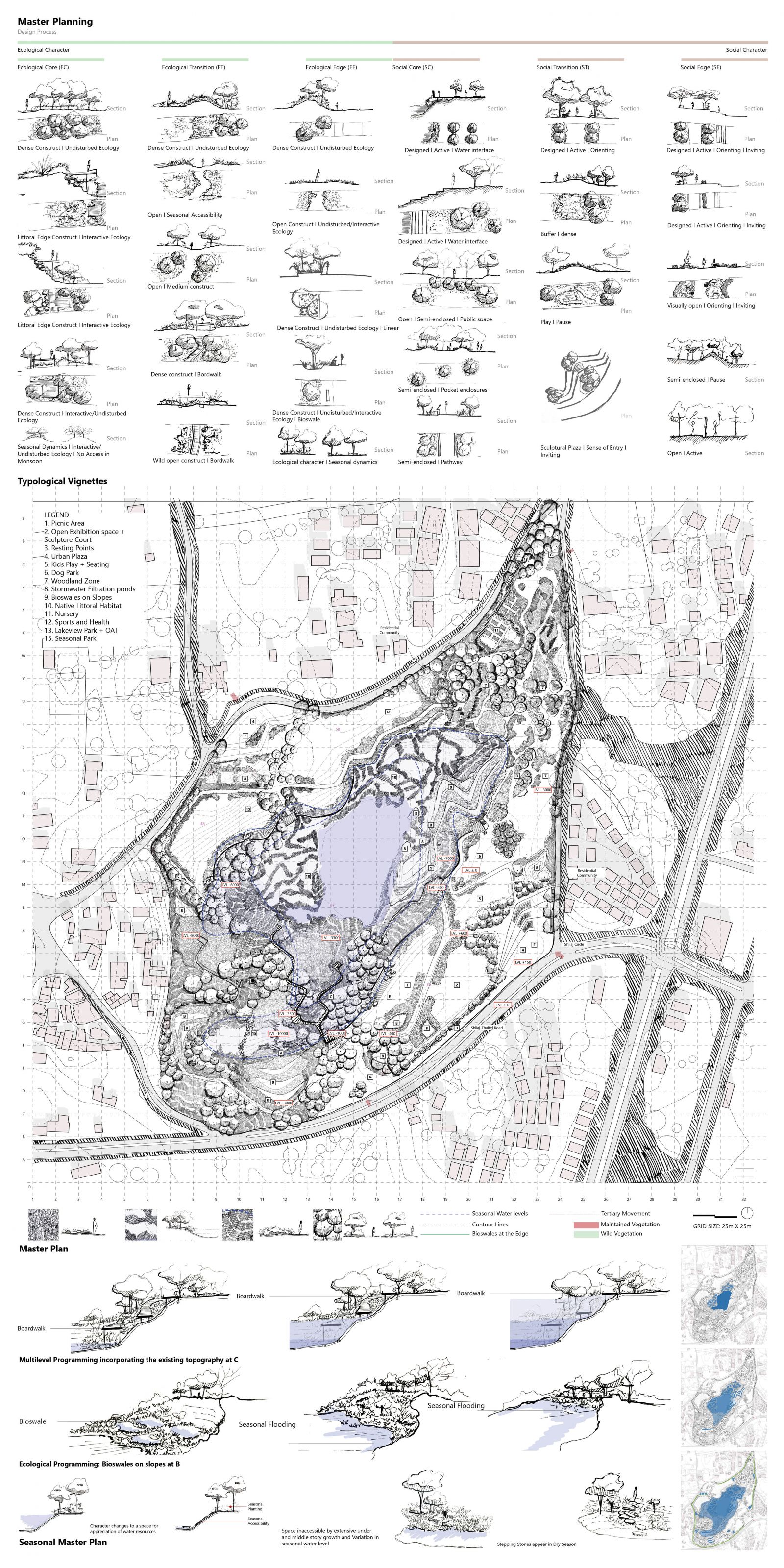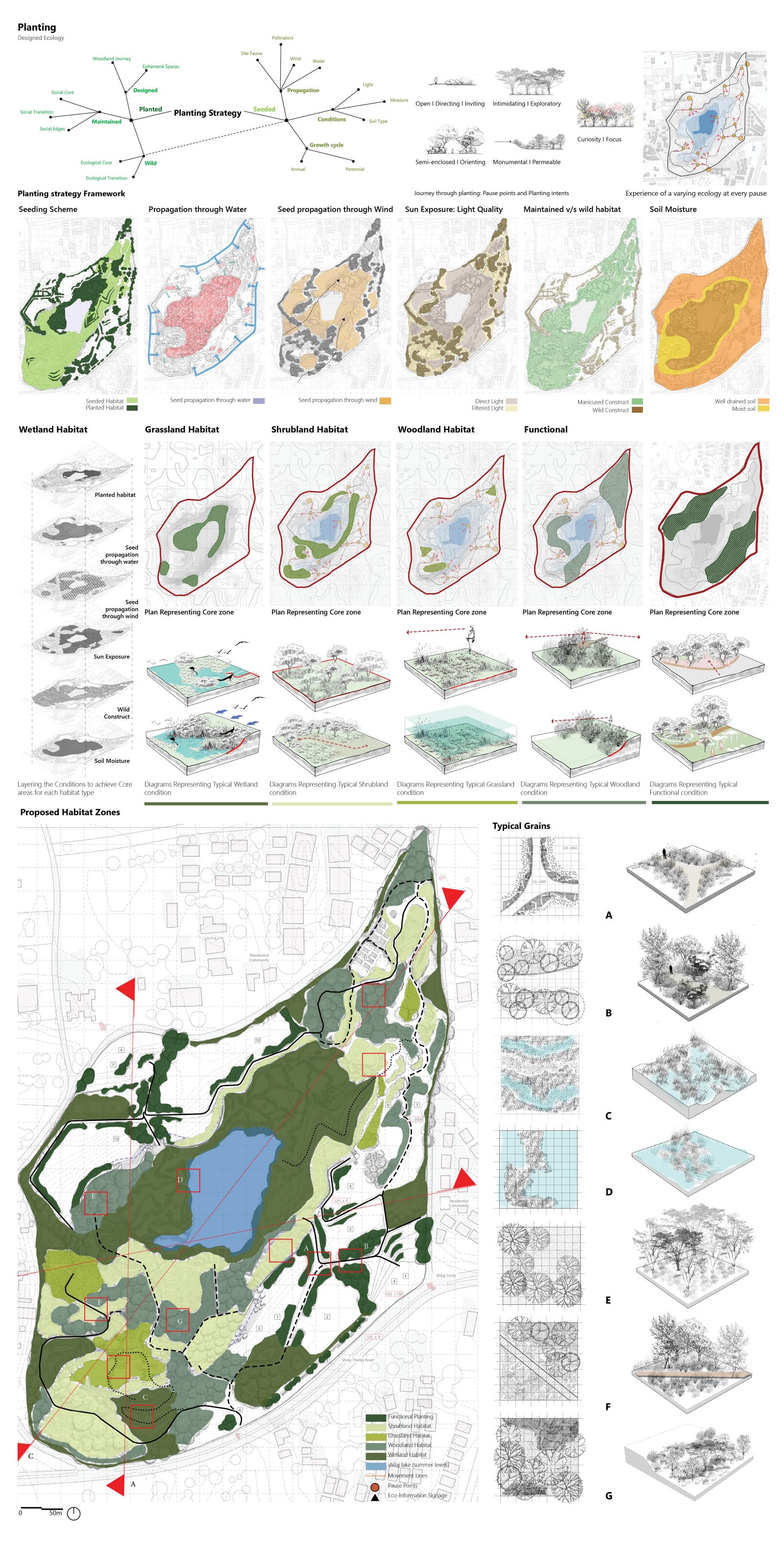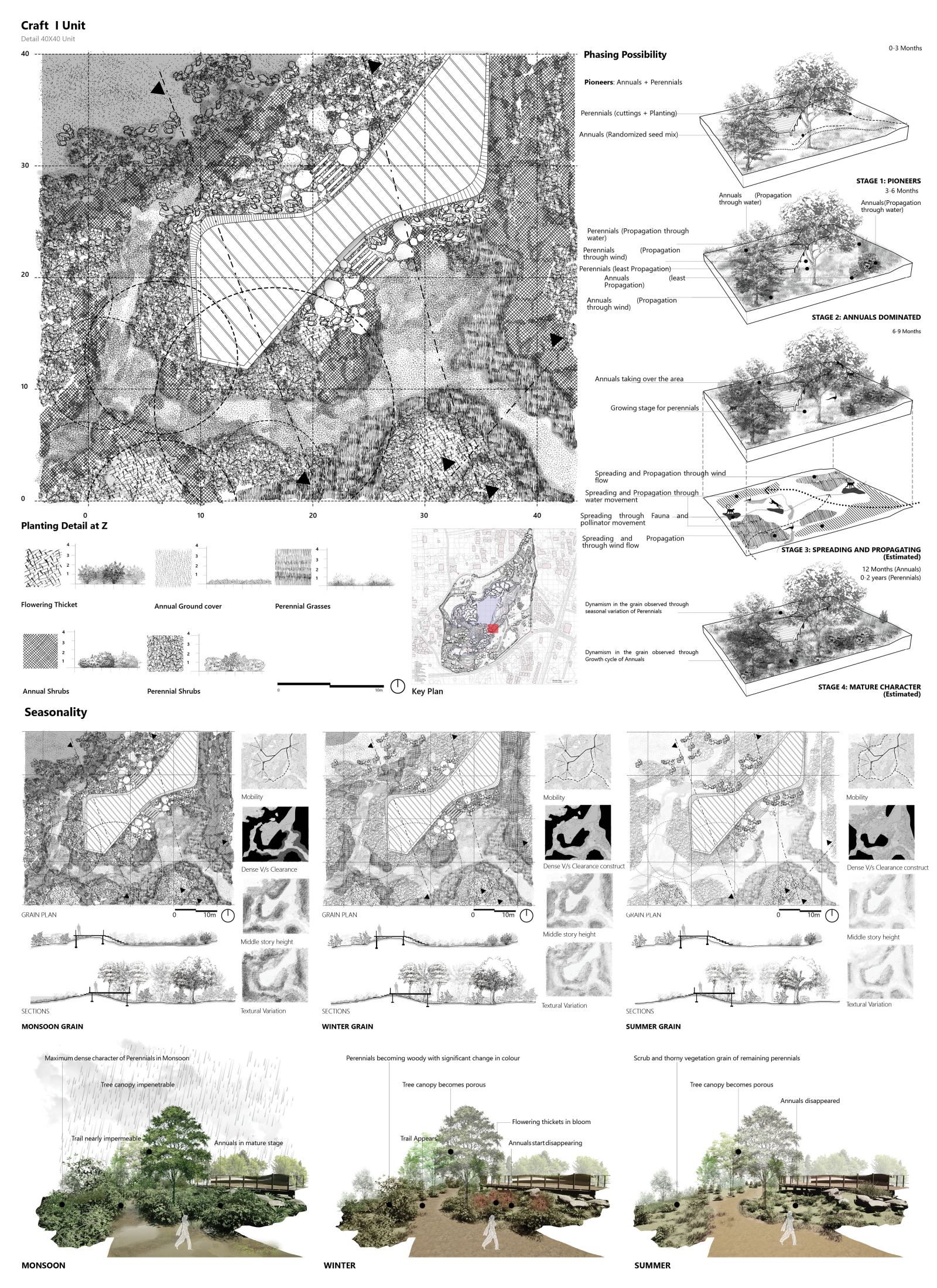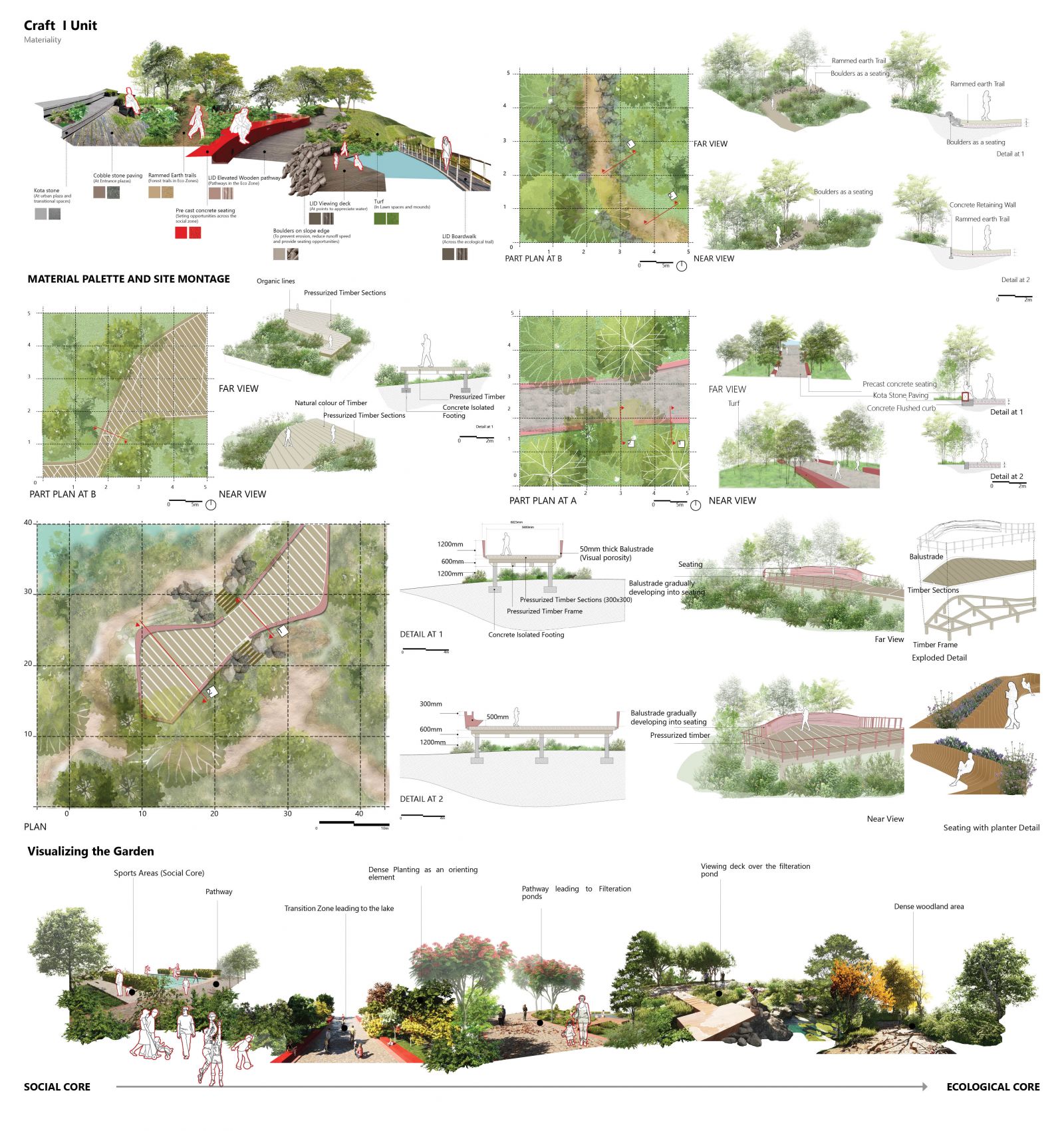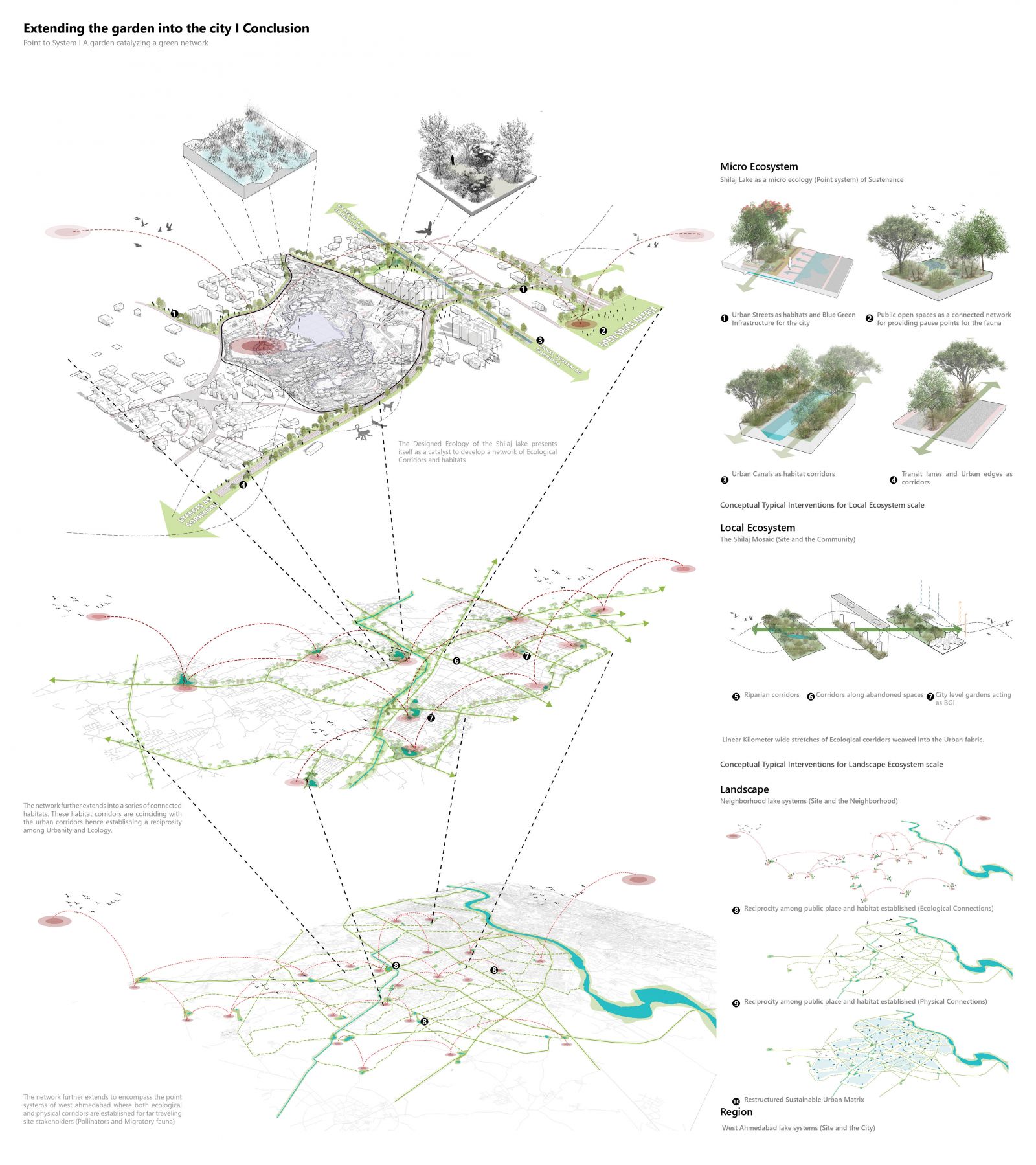Your browser is out-of-date!
For a richer surfing experience on our website, please update your browser. Update my browser now!
For a richer surfing experience on our website, please update your browser. Update my browser now!
A general statement that has been re-interpreted to understand many walks of life is ‘that there is more to life than what meets the eye’. One cannot witness the processes of atoms and molecules but indeed they form the foundational basis of our very existence. We may never see the involvement of micro organisms in the processes of photosynthesis or decomposition but life as we know it may cease to exist if it weren’t for these unseen entities. Humans have always concluded upon the idea of significance by assessing the apparent and the obvious, a bee sting is painful and hence the bees are something to be struck and rendered motionless if we shall ever come across one, its hive is something to be broken down if one starts to develop on the terraces of urban homes. It wasn’t until the bee population started declining as a result of the this ignorance that it became an eye opener for the humans that this seemingly insignificant buzzing brute might as well hold the monumental power to anchor us to this planet. If we were to remove the tiny bee from our planet, the process of pollination for a significant plant species will cease to exist due to which the human practice of agriculture will be affected which will affect food production and hence induce a global food crises. This narrative presents the idea of how a seemingly small and insignificant entity holds the entire system which is bound to collapse in its absence and the humans won’t be able to see and understand it until it reaches to the point of beyond repair. Such are the values shared by not only animals, plants and atoms but also ecological systems. The humans may see city forests or lake ecosystems as isolated patches present to serve the purpose of urban recreation but more often than not they tend to overlook the fact that recreation is one of the lesser concerns of such micro ecosystems. When you speak of Shilaj among the city dwellers of Ahmedabad city, the discussion is never about the Lake. Only if they knew that this ignored ecosystem is rather a microcosm of life itself. The nature and the wild are reciprocal; they give back exponentially when they are cared for. The human of the city today craves for a way out of the urban tedium, unknown to the fact that the answer lies right beside them in their waters and the lands. The Shilaj Lake system shall extend itself into the city to prove its significance to the human by providing comfort, contemplation and connect to the wild, meanwhile paving the way for development of new communities, whilst simultaneously holding the pause points for its far travelling stakeholders, hence Micro ecologies of sustenance are realized.
View Additional Work